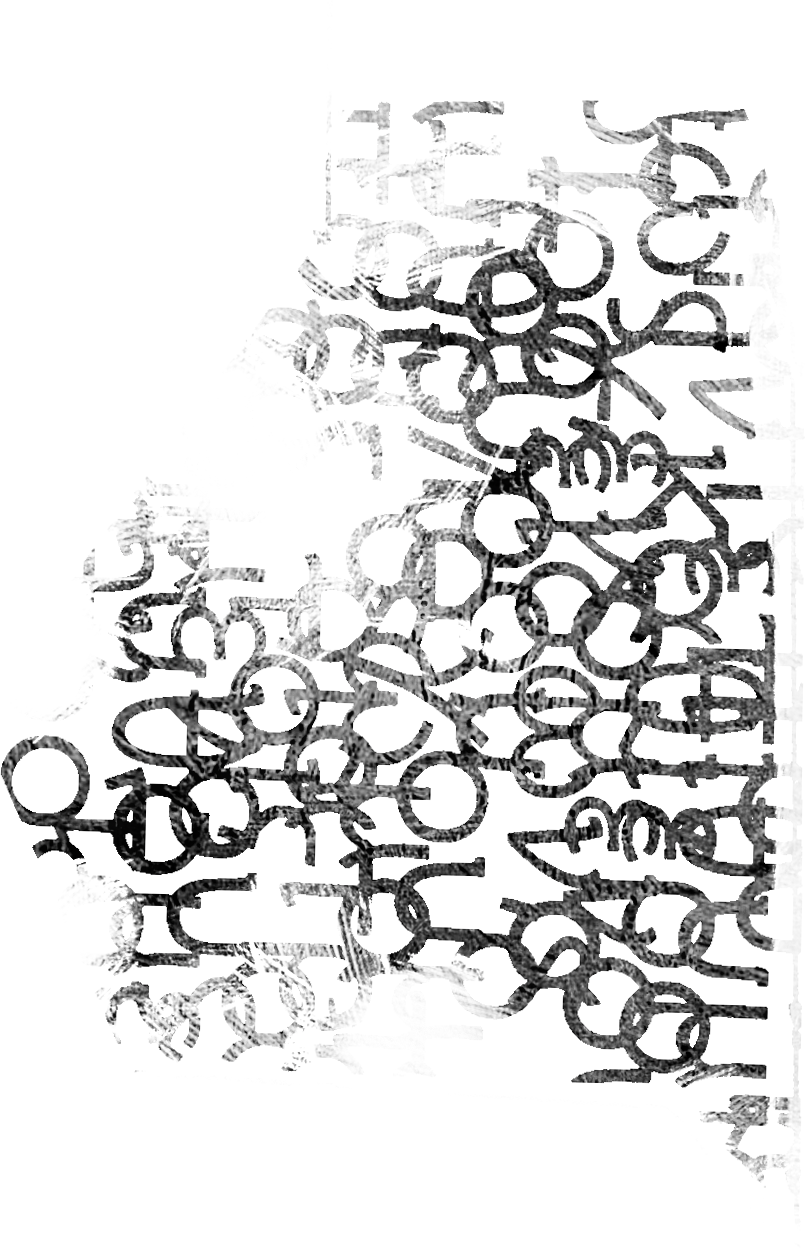The era of texts, the time of Gutenberg’s galaxy and literature as we know it, is coming to an end. The technological revolution at the turn of the 20th and 21st century has brought about the need for a broader reflection on the status of phenomena such as digital images, bio-images, bio-poetry, digital literature and the reality in which these objects function in increasing numbers and which they significantly disrupt (the illusion of reality, parallel reality; fiction as new reality). The growing importance and popularity of the so-called new media and technologies destabilises and, as the final result, irreversibly changes the existing order of things, fixed in recognized philosophical categories. Amongst other things, relations such as living-dead, subject-object, similar-identical are deconstructed. At the same time, postmodernity brings a break with the monomedia, literature-centric model of culture, convergence, fusion of the physical and virtual worlds, a return to archaic orality and visuality. The postmodern sailing on the oceans of culture, where everything is mixed with everything, is not only an apt metaphor for the contemporary Western man being-in-the-world, but, as a poetic figuration, it has a clear heuristic value. It evokes the figure of Odysseus, that paradigmatic figure of the transmedia man in the post-era: times of upheaval, political and economic instability, times of hybrids and the abandonment of literacy as a basic communication technology.
Transmediality, understood as a free transition from one form of communication to another, leads to the disappearance of the distinctiveness of literature as a specific form of human poiesis existing in the form of writing. Literacy as a hitherto fundamental property of literature is being displaced, just as the boundary between technical and poetic activities drawn at the dawn of the Greek world is being blurred. Literature descends from the heights of Parnassus; it ceases to be separate, it becomes transmedial, making itself present through various media and in various modalities. Leaving a world based on the representationalist paradigm (the metaphysics of the sign), we thus enter a higher level of archaicity. It is defined by such processes and properties as: non-binary mode of perception, fluidity, plasticity, polymorphism, lack of linear continuity and hypertextuality, incoherence, allogicity, semantic lability, non-obviousness, fragmentation and dispersion, break with the horizon of long duration, processuality, non-linear temporality, non-Euclidean spatiality, hybridisation, nomadicity, performativity, emotionality and, finally, a move away from individualism towards a kind of communal identity of a quasi-tribal nature that is shared by participants in contemporary culture (neotribality). The above-mentioned characteristics constitute a new framework not only for literature, but also for most human activities. In a culture that is not so much a static representation (Latin: repraesentatio) binding specific meanings (senses), but a global network of energy exchange, what matters is participation, transfer, flow, transduction. To act, to influence, to produce, to transform: a performative, causal attitude is becoming the dominant attitude of the technoscience age man, who does not so much want to read literature or look at paintings, but, almost without any reflection, but wants to immerse himself in the network of relations and interactions that occur between them and that they produce. In this respect, the new media, the digital world and virtual reality are making an extremely strong impact on literature and redefining it in a revolutionary way. The above-mentioned processes make it necessary to develop such a profile of the workshop of a contemporary Polish Studies scholar, and especially a Polish Language and Literature teacher so that he or she is able to react to the changes taking place.
Thanks to postmodern technotopias, restoring to social existence elements of a pre-philosophical, non-rationalist, association-based way of thinking linked directly to action, literature begins to be not just a field of reflection (a discursive space), but a field of action and participation. Subject to theories of representation, transduction or non-representationalist theories evoking the Bergson’s category of life or the Deleuze’s category of energy, contemporary literature is becoming increasingly multidimensional, multimodal, structurally labile, undergoing ontic metamorphosis and sublimation. Analogue literary texts not only begin to flow freely between separate worlds: reality (individual person), virtual reality (network), artificial reality (artificial intelligence), but also change their state of existence (texts shifting into visual and auditory phenomena). Contemporary literature is thus characterised not so much by stasis (stillness) as by polymedia metabole (changeability) and dynamis (activity). The Polish Studies scholar, especially the future Polish Language and Literature teacher, must therefore not only be an efficient user of the tools provided by new technologies – he or she must also be aware of the changes to which all artistic activities are subjected due to technoscience (transmedial aesthetics). In the educational perspective adopted here, it seems important not only to show future teachers the key changes concerning the latest culture of convergence, and thus also literature, but also to trace the process of transmediatization on the basis of specific examples; to show the phenomenon of transmediality as a new way of existence of literature not so much in connection with image and sound, but as a free flow of content between these different forms and states of existence.
